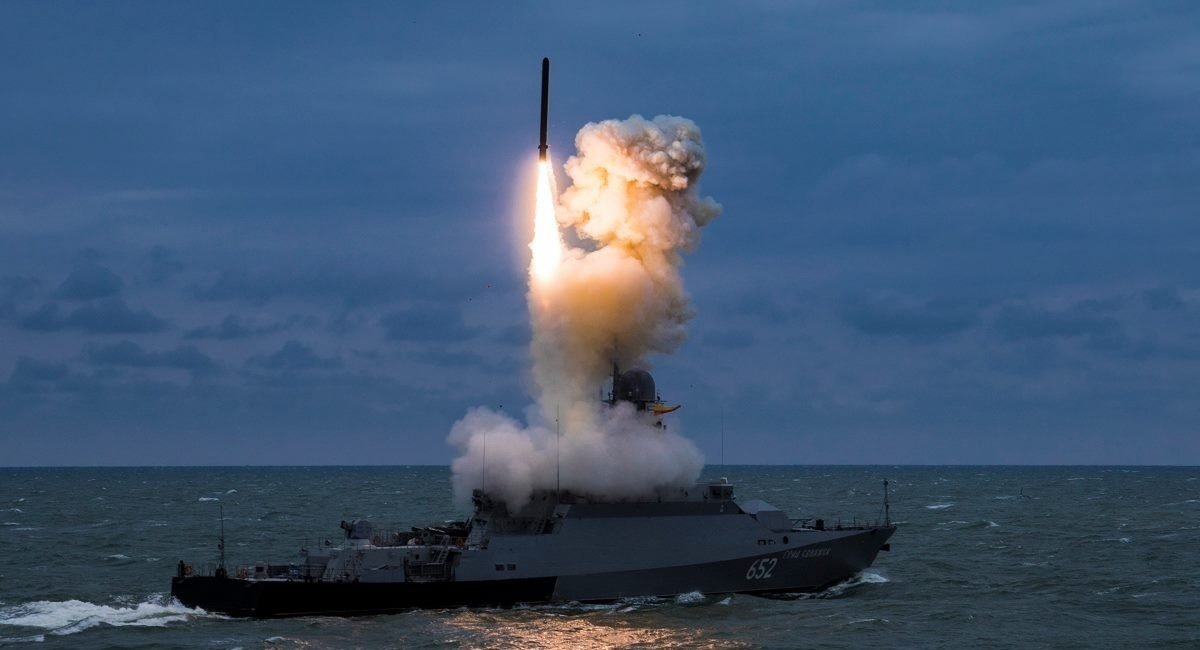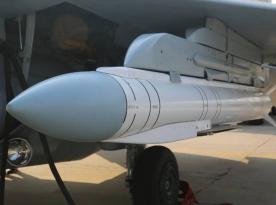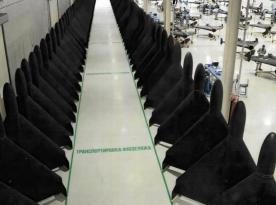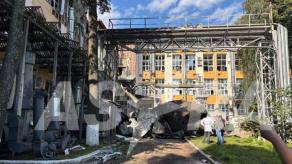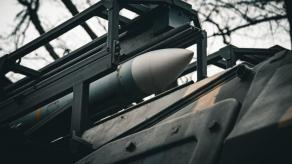Specialists of the Conflict Armament Research community that investigates into russian weapons and provides their detailed analysis in order to identify critical components, have published a new and extremely interesting report.
Having analyzed satellite navigation units in such missiles as the 3M14 "Kalibr" and air-launched Kh-59 and Kh-101, as well as the modified 9M544 "Tornado-S", analysts came to the following conclusion: the same typical units are used in all these missiles.
Read more: How russians Wasted Kh-31P and Kh-58 Missiles And Failed to Destroy Ukraine’s Air Defense
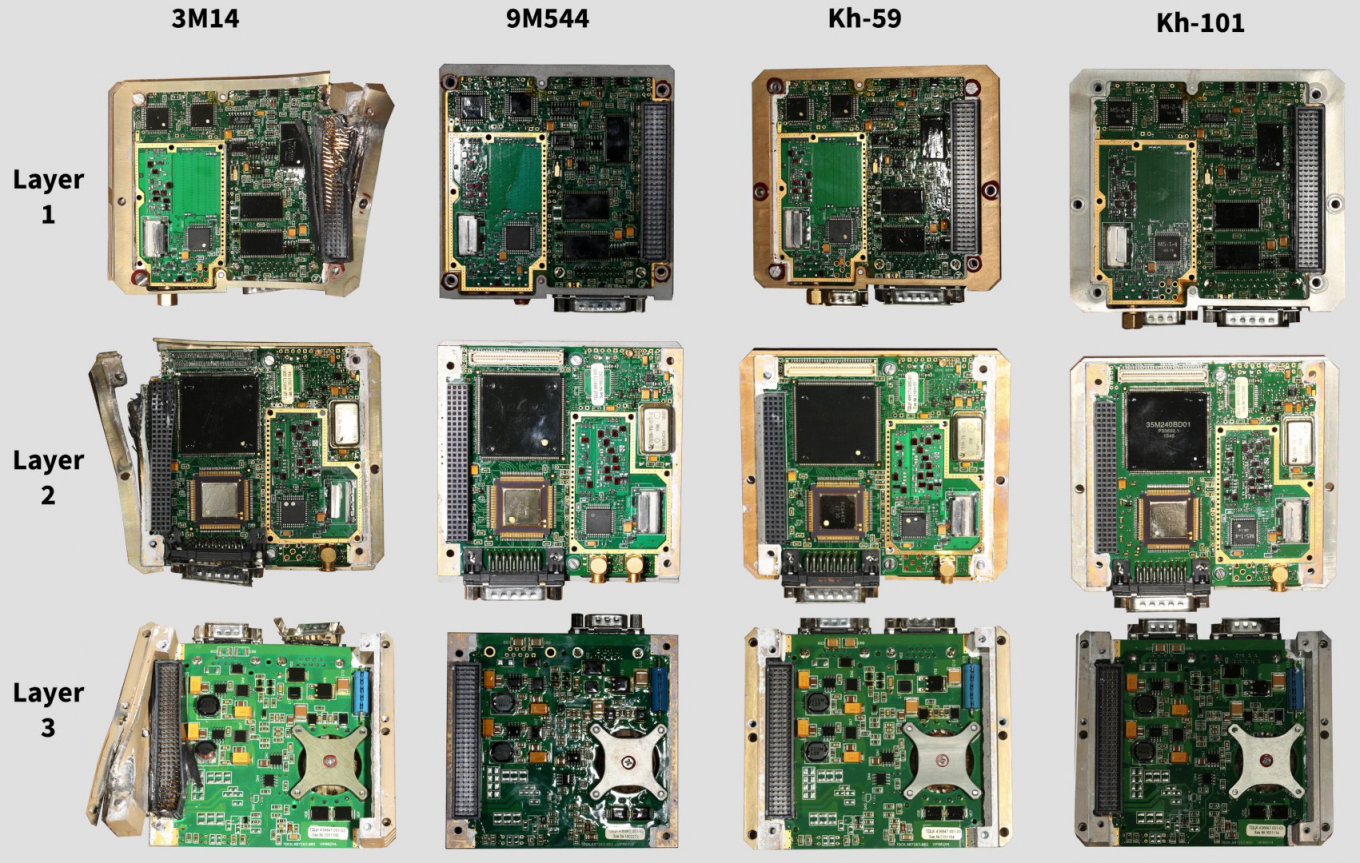
This SN-99 navigation system is made of foreign components that were manufactured between 2012 and 2020. That is, some were made during the period of sanctions on the supply of military electronics to russia that were introduced in 2014.
Circuit boards of on-board computers are also unified. In particular, they are identical in the "Baget-53-15" computers used in the Kh-101 missile and the Ka-52 helicopter. Identical boards marked VT33-205 are shown below.
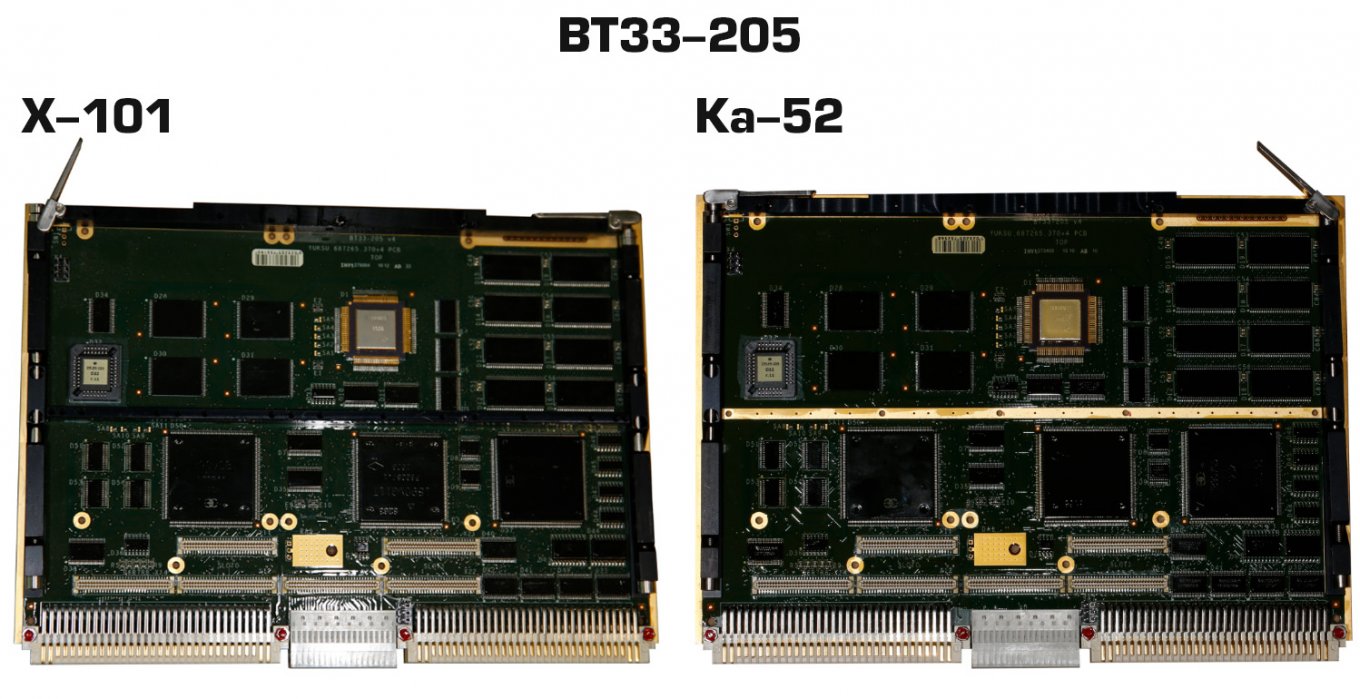
But most importantly, the report says: "The Russian Federation is highly reliant on a narrow set of particular technology to produce the advanced weapon systems it has deployed since invading Ukraine in February 2022. More specifically, the evidence gathered so far demonstrates that the Russian defence industry has relied on a steady, unabated supply of parts from Asian, European, and US companies in manufacturing the materiel used in the war. By responding to this evidence, the application of new or existing measures could restrict the Russian Federation’s ability to acquire these components and produce such systems in the future."
Conflict Armament Research is also sending inquiries to component manufacturers, but will not publish a list of them until all inquiries have been submitted. In fact, analysts have already identified the manufacturers, and now it's about suppliers and tracking supply channels to disrupt them. In total, Conflict Armament Research has identified 144 foreign suppliers of more than 650 unique components.

In addition, The New York Times have published a slightly expanded article after speaking with the analysts of Conflict Armament Research. The researchers said the electronic components were on such a level of technology that corresponds to the late 90s and early 2000s. Also, these microcircuits were not of the military class, which is subject to sanctions. In fact, "a team of electrical engineers from college could assemble" such boards, a specialist said. As Defense Express explained earlier, the use of publicly available microcircuits is the reason for the inaccuracy of russian missiles.
However, due to the fact that the boards use the same components from the same manufacturers, it becomes possible to stop these supplies.
Read more: 'One-of-a-Kind' russian Guidance System of the 'Tornado-S' Missile is Based on Chips Acquired via AliExpress (Photo)




